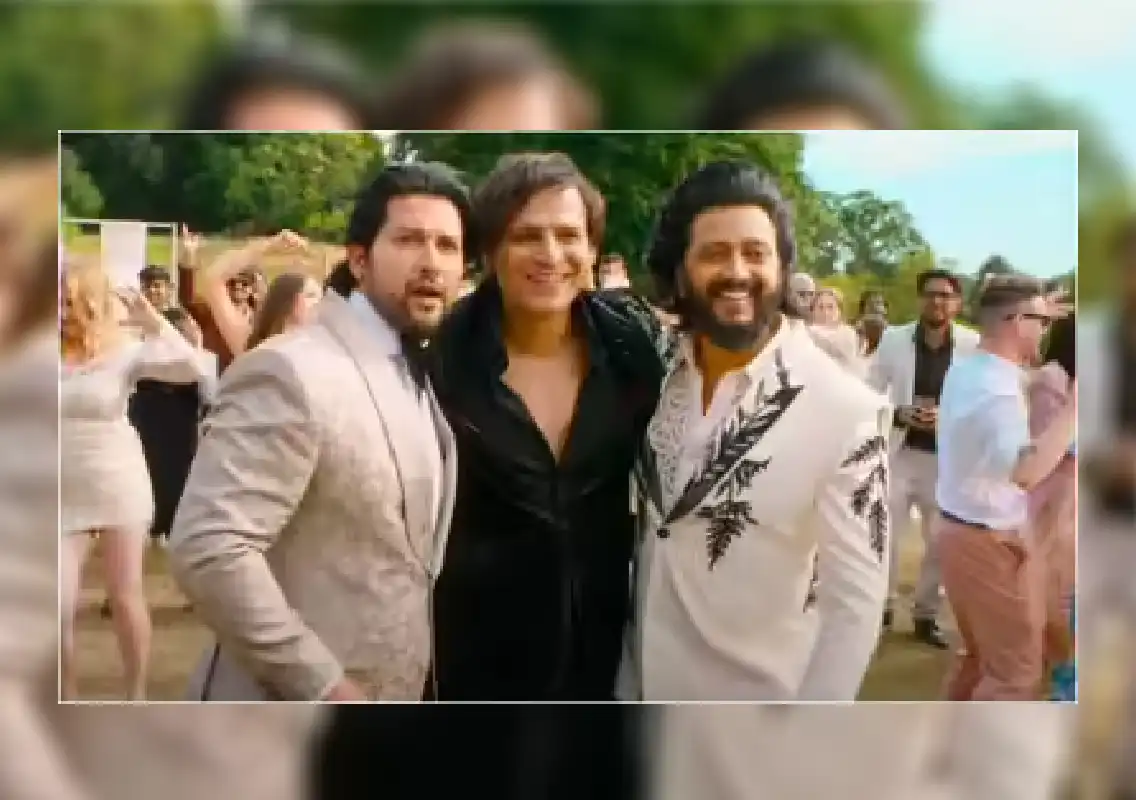Copyright Forbes

Many of us have had that moment when we looked back at a past relationship, dumbfounded, and asked ourselves what we were thinking to have made that choice. Sometimes, what we interpret as love isn’t love at all; it’s actually just emotional familiarity, cushioning us in comfort and keeping us stuck in unhelpful patterns. These experiences can feel intense, even intoxicating, because they awaken old attachment pathways in the brain. Neurobiologically speaking, “chemistry” is often a mix of dopamine (anticipation), cortisol (anxiety) and oxytocin (bonding). In the wrong emotional environment, this cocktail can make dysfunction feel exciting and addictive. Here are three emotional patterns people commonly mistake for love, and snapshots of what healthier love might look like in each scenario. 1. Feeling Loved Only When You’re Needed Some people are naturally drawn to partners who seem to be struggling, are unavailable or are stuck in a loop of putting out neverending fires. While it may sound strange, there are people who, subconsciously, might only feel loved and desired when they get the opportunity to take care of someone emotionally, physically or financially. These relationships can, indeed, feel meaningful and as though they’re driven by a noble purpose. However, they often turn out to be familiar emotional dynamics rooted in parentification, playing out in romantic relationships. MORE FOR YOU A partner whose value is tied to feeling needed in a relationship might’ve, as a child, had to step into a caregiving role their parents should have occupied. Instead, they accepted that responsibility before they had a chance to understand it, and were rewarded for it emotionally. Research highlights two primary frameworks/theories that explain why this pattern takes hold so deeply: Attachment theory. If a child’s bond with a caregiver depends on fulfilling that caregiver’s needs, they begin to equate love with responsibility. Family systems theory. In families where emotional boundaries are not distinguished, children learn to stabilize the system by becoming the mediator, the comforter or the “little adult.” Over time, these experiences shape their internal working models, also known as the mental blueprints, that define the features of love and connection will feel like to them when they grow up. With these internal working models at play, the now grown adult may unconsciously seek partners who confirm their role as “the helper,” because being indispensable feels safer than simply being. 2. Feeling Loved Only When You’re Close Closeness, especially in the initial phase of a relationship, can feel intoxicating. The rush of constant texting, long late-night calls and spending every waking moment together can feel like the ideal state of being in a relationship. And for some, that level of intensity, due to its addictive quality, can erroneously become their definition of love. What’s bubbling underneath that feeling of fated connection, however, can sometimes be anxiety around distance and separation. The two interlocking processes that underpin most anxiety can help us understand why it can sometimes convince us that our worst fears are about to come true: Cognitive fusion. When we become entangled with our thoughts, we accept them as the inviolable truth. It’s when “They haven’t texted back” instantly turns into “They must be losing interest.” Experiential avoidance. The tendency to push away uncomfortable internal states that result in insecurity, such as loneliness and uncertainty. According to a 2019 study, when these two processes combine, they can fuel relationship anxiety. Someone who grew up with inconsistent caregiving may learn to equate closeness with safety. And to escape that unease, they might resort to over-communication, constantly demanding reassurance and, generally, rushing to close any emotional gap. Paradoxically, these behaviors create the very strain they aim to prevent. Breaking this cycle requires the ability to notice anxious thoughts without automatically believing them, and to stay present with discomfort without letting it dictate your behavior. In other words, building psychological flexibility. Understanding that a healthy relationship allows room for both connection and individuality can also help build a foundation of security that doesn’t crack because of distance. 3. Feeling Loved Only When You’re Idealized It can be incredibly meaningful to be someone’s “everything.” Especially for people who’ve grown up feeling unseen or unappreciated, being idealized can feel like the redemption they’ve been waiting for all along. The problem with idealization is that, at the end of the day, it’s only a projection, not an act of true intimacy. Jungian research terms this as an “anima projection,” where people often mistake their own inner longings as qualities possessed by another person. In the process, the other becomes a screen for what we yearn to reclaim in ourselves. Issues might begin to crop up when someone internalizes the idealization as an expectation they must fulfill. It might crystallize into a belief that only allows “peak performance” as being worthy of love. If someone feels the pressure to be beautiful, witty, successful and endlessly available all at once and all the time, they’re bound to collapse under it. This dynamic often forms between someone who offers endless admiration, and someone else who craves it. Where the projection-idealization loop goes wrong is when both people are captivated by intensity of their bond, but neither truly sees the other. Real love, in contrast, requires you not only to perform at your best, but also to expose yourself at your worst. So, the next time you recognize a projection being imposed on you, make a conscious effort to move from performance to authenticity. Relearning What Love Actually Feels Like Of course, learning to differentiate between these emotional patterns and genuine love starts with awareness. However, that by itself may not be enough. Replacing them with new emotional rhythms is the difficult but more effective step you need to take eventually. Here’s how you can kickstart that process: Name the pattern without shame. Notice when you’re slipping into old emotional habits of overgiving, over-merging or over-performing. The goal isn’t to judge yourself, but to get curious and ask yourself deeper questions like, “What part of me believes that this is what love requires?” Build tolerance for emotional discomfort. Real love will sometimes feel boring, uncertain or even uncomfortable. That’s not a sign of incompatibility; in fact, it may just be a sign that you’re expanding your capacity for secure connection. Ask for reciprocity. Instead of defaulting to accommodation, start small and ask for what you need. Reciprocity is characteristic of real, healthy love. If your requests are consistently met with defensiveness or withdrawal, that’s key information about the health of your relationship.



